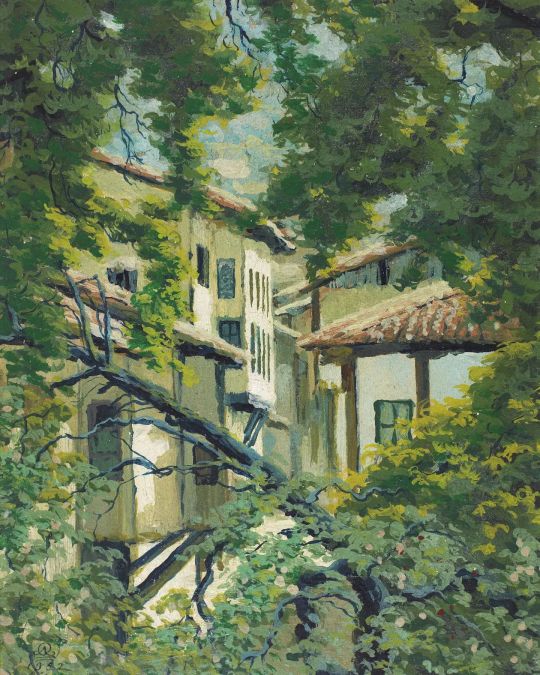#kutahya
Text

#koltuktakımımodelleri#kütahya#kutahya#kütahyaporselen#kutahyaporselen#kütahyahaberleri#kütahyabelediyesi#mobilya#gündogdumobilya#tumblrblog#tumblr blog
0 notes
Photo
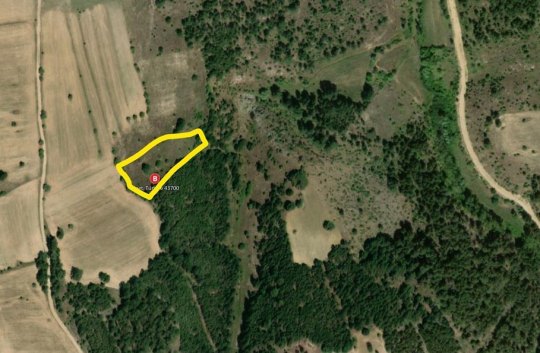
KÜTAHYA UZUNÇAM'DA 1.271 m² SATILIK EKİLEBİLİR TARLA https://www.sahibinden.com/ilan/emlak-arsa-satilik-kutahya-uzuncam-da-1.271-m-satilik-ekilebilir-tarla-1059435709/detay/ UZUNÇAM MERKEZE 1,8 KM MESAFEDE OLAN TARLAMIZ EKİLEBİLİR DURUMDA OLUP, TARIMA ELVERİŞLİDİR. TOPLAM ALAN: 1.271 m² ARPA - BUĞDAY EKİMİNE UYGUNDUR KONUMU DOĞRU İŞARETLENMİŞTİR ADA - PARSEL'DEN DE KONTROL EDEBİLİRSİNİZ #kutahya #emlak #satılık #kütahya #arsa #tarla #arazi #uzunçam #emet #realestate #dpü #sale #atılımaltun #globalemlak #globalemlakkutahya #para #finans #barter #takas #trampa (Kütahya) https://www.instagram.com/p/CkIrtsEDHPk/?igshid=NGJjMDIxMWI=
#kutahya#emlak#satılık#kütahya#arsa#tarla#arazi#uzunçam#emet#realestate#dpü#sale#atılımaltun#globalemlak#globalemlakkutahya#para#finans#barter#takas#trampa
0 notes
Photo
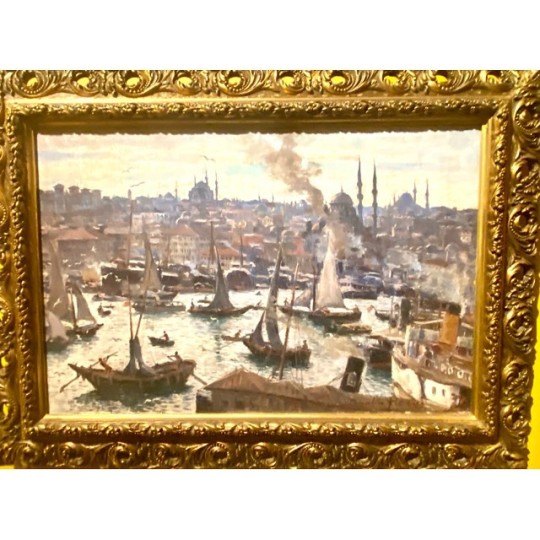
Micra Asia : 1922-2022: Thalya Flora-Karavia : Constantinople, Konstantinos Volanakis : the Golden Horn, Vase from Kutahya, Greek National Emblem from Proysa, Ovid Kurtovich/Yanis Psycharis : the Destruction of Smyrna, The refugee camp at the Theseum. #micraasia #benakimuseumpireos #19222022 #grandecatastrophe #florakaravia #constantinople #istanbul #volanakis #thegoldenhorn #cornedor #traitédesèvres #lepetitjournal #kutahya #kutahyaporselen #prousa #kurtovich #psycharis #thedestructionof #smyrna #izmir #refugeecamp #theseum #ɪɴsᴛᴀᴘɪᴄ #photoofthedays #athensmylove (à Benaki Museum in Athens) https://www.instagram.com/p/CjLhXCnrEI4/?igshid=NGJjMDIxMWI=
#micraasia#benakimuseumpireos#19222022#grandecatastrophe#florakaravia#constantinople#istanbul#volanakis#thegoldenhorn#cornedor#traitédesèvres#lepetitjournal#kutahya#kutahyaporselen#prousa#kurtovich#psycharis#thedestructionof#smyrna#izmir#refugeecamp#theseum#ɪɴsᴛᴀᴘɪᴄ#photoofthedays#athensmylove
0 notes
Text
Kutahyalilar domatese tomato diyor cok tatli yaa
#kutahya sivesini seviom#kendimi rahat evde gibi hissetiriyor kanajnfja#nedeni de annemin arkadasi kutahyali ve kendimi bildim bileli ona gideriz hatta kucukken annem bizi ona birakirdi#cok seviyorum cok tatli bi insan#bi de annemin gunlerinde iki uc kutahyali olurdu ve ben i gunleri cok severdim#buyuk ihtimalle ne zaman kutahya sivesi konusulan bi yerde olsam kendimi nostaljik hissediyorum#biliyor cok garip bi sey sorgulamayin ltn
0 notes
Text
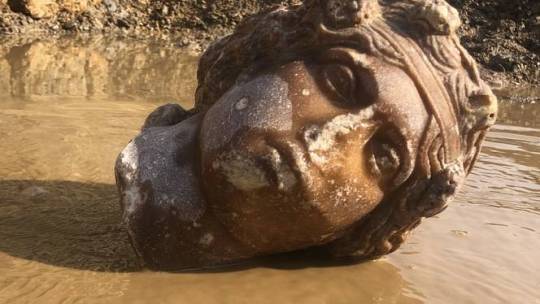
Turkish Archaeologists Unearth Sculpted Heads of Ancient Greek Deities
The excavations in Kutahya province’s ancient city of Aizanoi, which is the site of many ancient Greek and Roman-era settlements, discover the statue heads of Dionysus and Aphrodite.
Turkish archaeologists have discovered more sculpted heads of ancient Greek deities during excavations in Türkiye's western Kutahya province.
The statue head of Aphrodite, known as the goddess of love and beauty in Greek mythology, and the statue head of Dionysus, the deity of wine, were discovered during excavation work in an ancient city in central Türkiye.
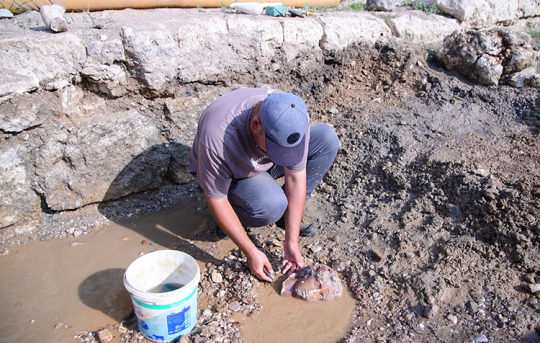
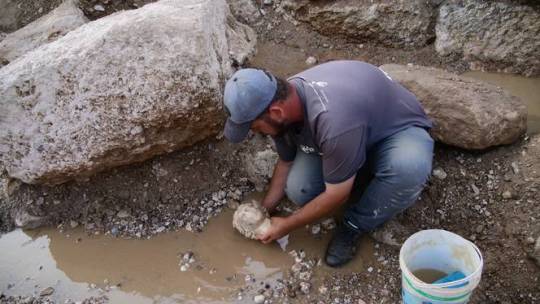
Modern Türkiye is the site of many ancient Greek and Roman-era settlements.
With a history dating back 5,000 years, Aizanoi, situated 50 kilometres (31 miles) from the Kutahya city centre, was included in the UNESCO World Heritage Tentative List in 2012.
Archaeological excavations are currently underway in Aizanoi, which is located in the Cavdarhisar district of Kutahya province and is home to Anatolia's best-preserved Temple of Zeus.
Archaeology professor and excavation team leader Gokhan Coskun told Anadolu Agency that numerous statue pieces were discovered during the excavation.
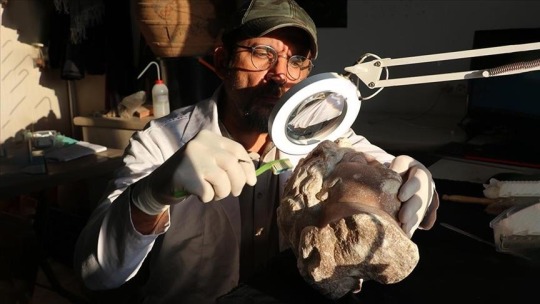
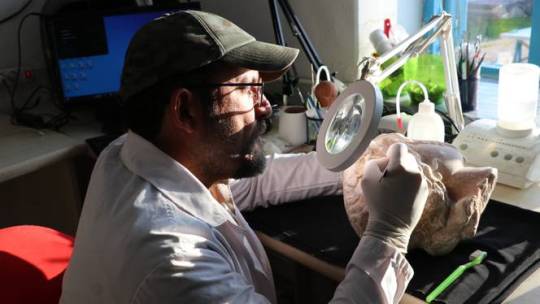
"The most exciting development for us this season is uncovering new heads of the goddess of love and beauty, Aphrodite, and the deity of wine Dionysus," Coskun said.
"In the excavation works we have conducted in the region so far, we have unearthed more than 100 statue pieces. Some of the heads found are from statues that are 2-3 meters long," he noted.
"These statue heads, which we first discovered three years ago, are in very well-preserved condition. During our excavations, so far we have discovered two Aphrodite and three Dionysus statue heads," Coskun said.
The excavation season, which began in the ancient city last April, will be completed by the end of this month, Coskun added.

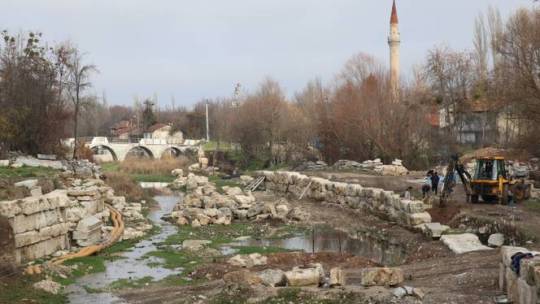

#Turkish Archaeologists Unearth Sculpted Heads of Ancient Greek Deities#ancient city of Aizanoi#Dionysus#Aphrodite#marble#marble statue#marble sculpture#marble head#ancient artifacts#archeology#archeolgst#history#history news#ancient history#ancient culture#ancient civilizations#greek history#roman history#greek art#roman art
295 notes
·
View notes
Text
From oyster shell eyeshadow palettes to vintage jewelry - 2,000-year-old Roman beauty secrets have been dug up at extraordinary site of Aizanoi, Turkey.
#Roman Empire#Roman society & culture#Roman Artifacts#Other artifacts#make-up#Hellenistic#cosmetics#ancient#history#ancient origins
30 notes
·
View notes
Text
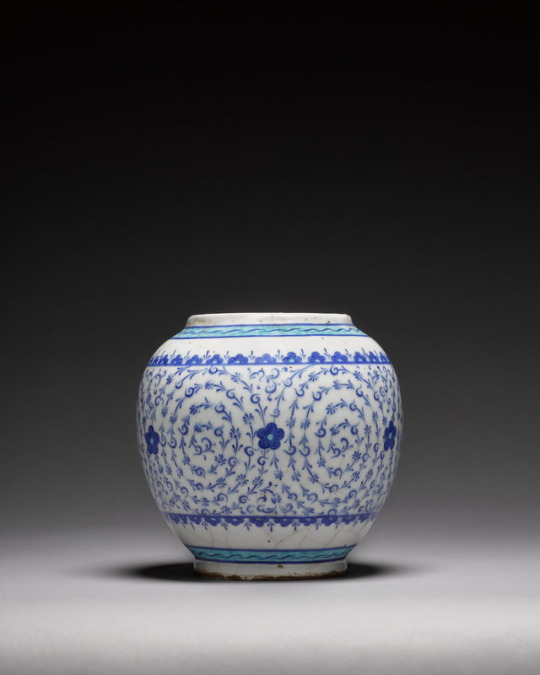
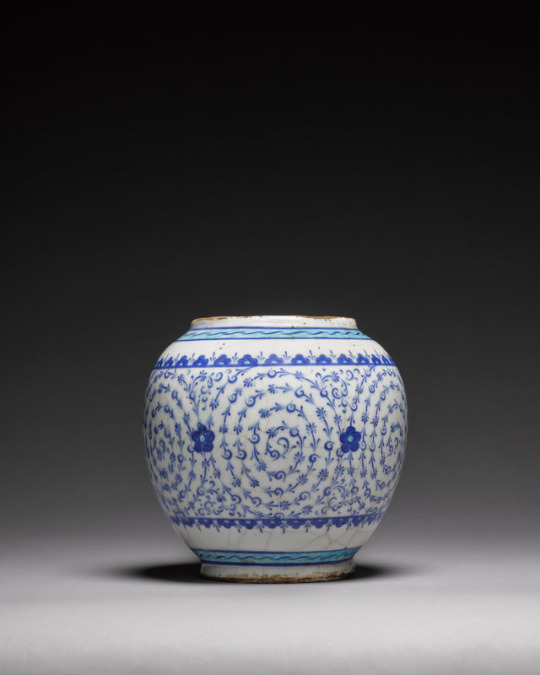

A rare Iznik 'Golden Horn' pottery vase, Turkey, circa 1530-40.
with inverted pear-shaped body leading to a short inverted rim, on a short, slightly flared foot, decorated in underglaze in cobalt-blue with intricate scrolls comprising six large spiral stems divided by six cobalt-blue and turquoise flowerheads, interspersed with arabesques, a frieze of half flowerheads and a turquoise band with repeated S-shaped scrolls above and below.
Provenance: Private collection, USA, acquired by the owner's great-grandfather in Istanbul in the late 19th century.
Note: The group of wares known as 'Golden Horn' took their name from a collection of sherds discovered on the waterways of the southern shores of Istanbul in the early twentieth century (Carswell 1998, p.50). Others are said to be have been found nearby Aksaray (Atasoy and Raby 1989, p.108). They were published as ‘Golden Horn’ by Migeon and Sakisian 1923, pp.128-9, based on a record by the seventeenth century Turkish traveller Evliya Celebi. Although there are records of pottery production on the Golden Horn at this period, the association is misleading and the pieces in this group are clearly the work of the potters of Iznik and Kutahya, as further confirmed by excavations undertaken in 1984 by Professor Aslanapa in Iznik that revealed fragments of this pottery style (Aslanapa et al. 1989, p.149).
Courtesy Alain Troung
11 notes
·
View notes
Text
THE LIFE OF NEFISE HATUN
The one who is considered the first imperial princess to intervene in politics; Nefise Melek Hatun. She, who was given various honorific titles such as Sultan Hatun, and Mirhiali Hatun.
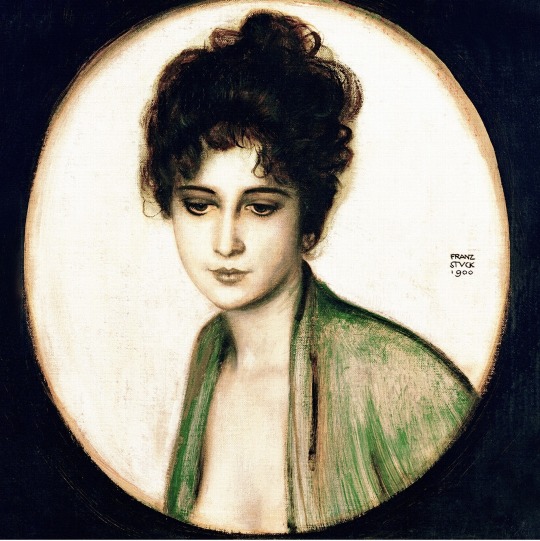
She was born as the daughter of Murad I, and sister of Bayezid I around 1355 and 1360 in Bursa. Not much is known about her early life, we do not have proven information about the identity of her mother.
The first time Nefise Hatun is noticed is during her political betrothal to Alaeddin Bey.
The wedding, which took place around 1377-1381 consisted of a large bride price of; 100 thousand coins, 100 horses, 10 balls of silk, Turkish velvet, gold jewelry, corals, diamonds, red rubies, turquoises, ten thousand camels and many more. - ( Necdet Sakaoğlu, Bu Mülkün Kadın Sultanları, pg 69)
Together the couple had three sons, though only two survived past infancy; Mehmed and Bengi Ali.
Even though the goal of this political marriage was to bring peace between the Ottomans and Karamans, it barely worked out. She first acted as a mediator between her father and husband in 1386. Upon learning that Alaeddin Bey was massacring Ottoman lands, Murad I went to Anatolia seeking his son-in-law, refusing to acknowledge Alaeddin's ambassadors he continued his march to Konya.
Alaeddin was hiding in the Konya fortress that was being besieged. Knowing he would not win he sent his wife; Nefise to seek peace from her father; Murad.
Nesri; who chose to narrate these events says as followed;
He ( Alaeddin) sent a message to her ( Nefise ) and said: - If you do not ask for me from your father, he will take Konya and destroy me. You should be kind to me and kiss the sultan's hand and beg for me. He said to forgive my sin. Sultan Hatun even came and fell at the feet of her father and begged."
The narration ends with Murad forgiving Aleaddin and the Karamans out of piety for his daughter; who obtained peace through loud cries.
The second time she acted as a mediator between her husband and the Ottomans was through her brother; Bayezid I. When Bayezid besieged Konya in 1390, Nefise once again acted in the defense of her husband and was able to obtain forgiveness for him and the people of Konya.
This unfortunately did not work a second time, for soon after the two battled in 1397, Alaeddin was captured and beheaded. Though it seems the command was not given by Bayezid himself, he felt enough piety to behead whoever it was who beheaded his brother-in-law but in the end, he saw this as an advantage to make the Karamans surrender to him by parading his brother-in-law's head around with a spear. ( Christian Slaves of the Ottoman Empire/ An analysis of the fifteenth-century - pg 67 )
Soon after, Nefise and her sons were sent to Bursa by Bayezid's command, but seemed to have been separated, as it is noted the Sultan assigned one of his lord to raise his nephews. ( Christian Slaves of the Ottoman Empire/ An analysis of the fifteenth-century - pg 67 )
Not much is known about her captivity in the Bursa palace. It is possible she was possible she was given charge of the residence containing retired concubines, but then again she is described as a captive so there is no way to be certain.
After the plunder of Bursa in 1402 by the command of Timur, Nefise and her sons were taken to Kutahya to stay with some family members, and later on made their way back to the Kamaranid Principality where it believed she passed away around the year 1402 and 1403.
#geology#Bayezid#sehzade bayezid#Sultan#Yildirim#Bayezid The Thunderbolt#SultanBayezid#Despina Hatun#medieval#middle ages#ottoman empire#Ottoman#Nefise Hatun#NefiseHatun#Osmanglu#Osmanoğlu family#Karaman#Alaeddin Bey#Sultan Hatun#Melek Hatun#Political Marriage#Imperial Princess#Princess#Hatun#Turkish History#turkiye#nefisehatun
2 notes
·
View notes
Text
The History of Ceramics

Ceramics have played a key role in architecture throughout the world. They are used in various applications, including tiles, bricks, pots, and pipes. They are also used for creating refrigerator magnets. They are very durable and are often used in industrial facilities. In addition, they can be resistant to stains and wear, making them ideal for high-traffic areas. They are also very affordable.
In the past, ceramics were associated with coldness, however, technological advancements have led to a more diverse definition of the material. Today, it can be found in a variety of colors, finishes, and styles. It can also be used to imitate fabrics, leather, wood, and more. Whether you choose a natural stone look, a classic pattern, or a contemporary design, ceramics can add a sense of style and sophistication to your home.
The earliest examples of ceramics date back to the 17th century. These tiles were used to cover the walls of buildings. They could be in the form of free-form pieces, or they could be cut into small, rectangular shapes. The Timurid Empire of Persia used the moraq technique, which consisted of plaster between tiles to create panels for wall coverings. The technique was also used to cover the interior surfaces of domes. The color schemes used in these tiles ranged from purplish dark brown to dark blue.
The minai technique was introduced in Iran in the 12th-13th centuries, and was used for producing miniature-sized tiles. This technique uses a layer of colored slip or glaze, which is applied over a secondary glaze to achieve a wider palette of colors. It was used for decorative wares in the early Ottoman period.
The سيراميك industry in Kutahya had suffered a significant downturn in the first half of the 19th century, but it slowly began to recover. Tiles from this period were decorated on late-Ottoman buildings and in private collections in Turkey. This period was characterized by the use of blue-and-white wares. The tile on the tomb of Sultan Mehmed Resad V in Eyup is an example. It was made by Hafiz Emin Usta, a Kutahya potter.
While the tiles of the late Ottoman period were based on the traditional techniques of the Seljuks, they also began to use the cuerda seca technique, which involves carving a design into the surface. This prevents the glazes from running into one another. In addition, the technique was less expensive than lead-glaze ware, and allowed the potter to paint directly on the frit body.
The tiles of the Emirate-period, on the other hand, are generally a continuation of the Seljuk techniques. They were used for decorating domestic houses, churches, and other buildings. These wares were also decorated with sgraffito and slip-decorated techniques. These types of wares continued the folk art and tastes of the Seljuks.
The demand for these tiles has increased over the years due to the rise of residential and commercial buildings. Increasing industrialization has led to a booming construction industry. The growth of this industry is expected to continue in the coming years.
2 notes
·
View notes
Video
Chloë Grace Moretz'in stilini inceledik! by kutahya sehri
#chloë grace moretz ekşi#chloë grace moretz filmler#chloë grace moretz imdbChloë Grace Moretz'in stilini inceledik!#chloë grace moretz kilosu#chloë grace moretz tumblr#flickr
2 notes
·
View notes
Text
Kütahya Porselen’in GES projesi
ICYMI: https://www.haberidiyarbakir.com/kutahya-porselenin-ges-projesi/?utm_source=dlvr.it&utm_medium=tumblr
0 notes
Text

İA HABER AJANSI Kütahya Altıntaş’a şehit ateşi düştü https://www.iahaber.com/kutahya-altintasa-sehit-atesi-dustu/174321/?utm_source=dlvr.it&utm_medium=tumblr www.iahaber.com https://iahaber.com
0 notes
Link
Check out this listing I just added to my Poshmark closet: Handmade Mug Nadide Gini Vintage.
0 notes
